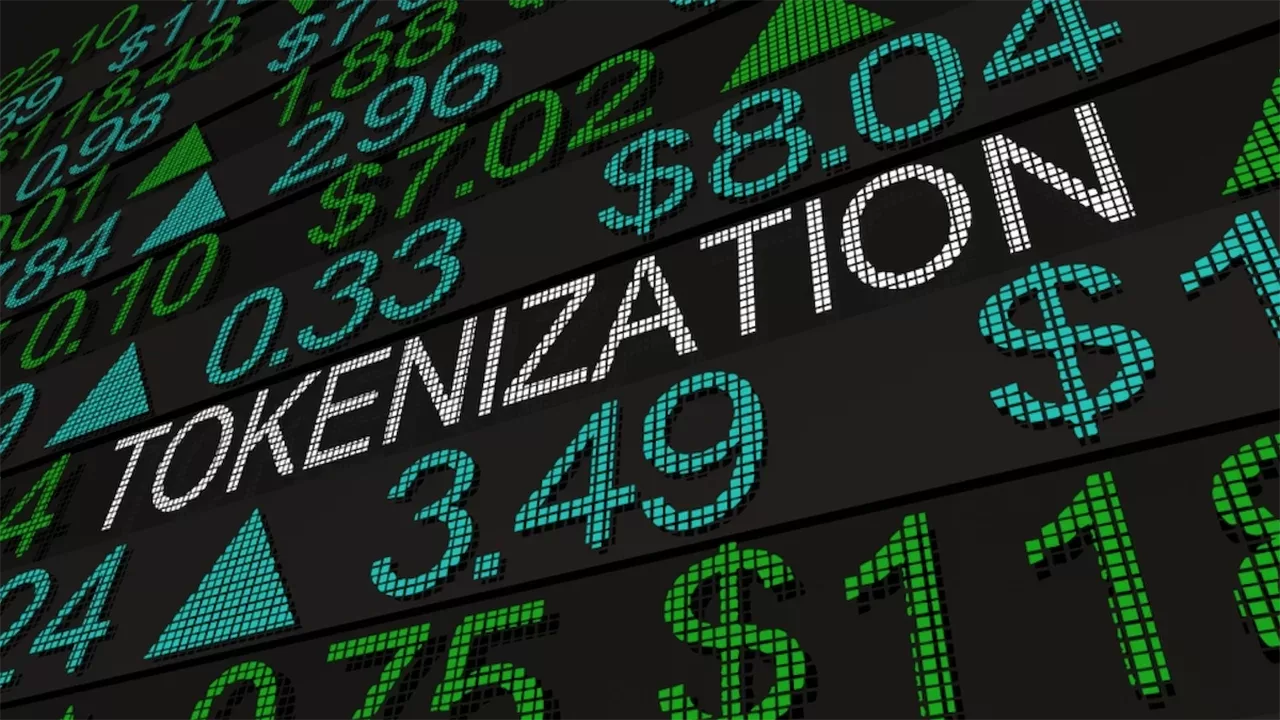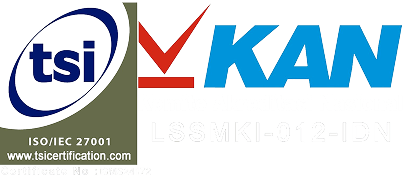Tokenization refers to the process of converting rights to an asset into a digital token on a blockchain. This innovative approach enables the buying and selling of fractional ownership of assets, including stocks. Key aspects of tokenization include:
- Enhancing liquidity in traditionally illiquid assets.
- Allowing smaller investors to access high-value stocks.
- Streamlining transactions with smart contracts.
The Emergence of Digital Assets
In recent years, the rise of digital assets has revolutionized the financial landscape. As technology evolves, so too do the methods of investing. The benefits of tokenizing stocks include:
- ✅ Lower entry barriers for investors.
- ? Increased transparency through blockchain technology.
- ⚠️ Reduced counterparty risk, ensuring better investor protection in tokenized stocks.
Relevance in Current Financial Markets
Tokenized stocks are becoming increasingly relevant as financial markets adapt to new methodologies. With the integration of blockchain technology, investors can enjoy more secure investment tokenization. The current landscape shows:
- Growing interest from institutional investors.
- Heightened demand for accessible and transparent investment options.
- Potential for improved risk management in trading activities.
As we move forward, the adoption of tokenization in stock markets signifies a promising future for both investors and financial professionals alike.
Benefits of Tokenizing Stocks
Enhanced Liquidity
Tokenizing stocks greatly improves liquidity, making it easier for investors to buy and sell shares. Traditional stock exchanges can have limitations on trading hours and volumes, but with tokenization:
- ? Transactions can occur 24/7.
- ? Higher trading volumes are possible due to the global reach.
- ? Instant transactions facilitate quicker cash flow.
Fractional Ownership
One of the remarkable advantages of tokenized stocks is the concept of fractional ownership. This allows investors to own a portion of expensive assets, expanding their investment opportunities:
- ? Lowers the barrier to entry for high-value stocks.
- ? Diversifies investment portfolios efficiently.
- ⚖️ Empowers investors to allocate funds across various assets.
Increased Accessibility for Retail Investors
Tokenized stocks promote greater accessibility for retail investors, transforming the investment landscape. This innovation offers numerous benefits:
- ✅ Reduces the need for intermediaries, lowering fees.
- ? Makes investment opportunities more transparent and secure.
- ⚠️ Enhances investor protection in tokenized stocks through blockchain technology.
In conclusion, the benefits of tokenizing stocks are vast, providing enhanced liquidity, fractional ownership, and improved accessibility for retail investors while ensuring secure investment tokenization. Embracing this innovative approach can pave the way for a more equitable investment environment.
Regulatory Landscape
Current Regulations Affecting Tokenization
The emergence of tokenized stocks has prompted a reevaluation of existing financial regulations. Here are key regulations to consider:
- Compliance with securities laws to ensure investor protection in tokenized stocks.
- Verification processes imposed by regulatory bodies to safeguard against fraud.
- Frameworks established for Initial Coin Offerings (ICOs) that often overlap with tokenized offerings.
These regulations aim to balance innovation in financial technology with the necessity of secure investment tokenization.
Challenges in Implementation
While the benefits of tokenizing stocks are significant, various challenges complicate their implementation:
- Regulatory Uncertainty: Diverse regulations across jurisdictions can hinder global participation.
- Technical Barriers: Integrating blockchain technology with existing financial systems requires substantial investment.
- Market Education: Investors may need guidance on the intricacies of tokenized assets and associated risks.
Future Regulatory Trends
Looking ahead, the regulatory landscape for tokenized stocks is likely to evolve. Trends include:
- Increased focus on investor protection in tokenized stocks through enhanced disclosure requirements.
- Collaboration between regulators and innovators to streamline compliance while promoting innovation.
- Adaptation of legal frameworks to accommodate advancements in blockchain technology.
As regulators gain a deeper understanding of this financial frontier, we can expect guidelines that foster safe and efficient secure investment tokenization.
Investor Protection Measures
Importance of Investor Safeguards
In today’s rapidly evolving financial landscape, investor protection in tokenized stocks has become paramount. Ensuring safeguard measures not only fosters trust among investors but also promotes market stability. The key benefits of tokenizing stocks include:
- Reduced fraud risk
- Enhanced liquidity
- Lower transaction costs
- Greater accessibility to a broader range of investors
Mechanisms for Protecting Investors
To maintain a secure environment for investment tokenization, various mechanisms are in place:
- Regulatory Frameworks: Laws and regulations designed to protect investors.
- Smart Contracts: Automated agreements that execute terms to safeguard investor interests.
- Transparent Platforms: Clear communication of fees, risks, and the nature of investments.
These mechanisms collectively contribute to the secure investment tokenization process, fostering investor confidence.
Role of Regulatory Bodies
Regulatory bodies play a crucial role in the realm of investor protection in tokenized stocks. Their responsibilities include:
- Establishing clear guidelines for tokenized asset offerings
- Monitoring market activity to prevent manipulative practices
- Enforcing compliance to protect investors and ensure market integrity
With these protective measures, investors can confidently explore the exciting opportunities presented by tokenized stocks while enjoying peace of mind. ?
Global Trends in Tokenization
Key Markets Leading the Charge
As the world embraces the digital economy, several key markets are spearheading the tokenization movement. Countries like the United States, Singapore, and Switzerland are at the forefront, showcasing the numerous benefits of tokenizing stocks:
- Increased liquidity
- Fractional ownership
- 24/7 trading opportunities
Comparative Analysis of Countries
The comparative landscape highlights how different nations approach investor protection in tokenized stocks. For example:
| Country | Regulation Level | Market Size |
|---|---|---|
| United States | Strict | Large |
| Singapore | Moderate | Growing |
| Switzerland | Progressive | Expanding |
Impact on Global Investment Strategies
The rise of tokenization significantly influences secure investment tokenization, transforming the way investors strategize:
Tokenized assets enhance transparency and democratize investment opportunities for a broader audience.
As this trend evolves, it becomes evident that tokenization not only streamlines transactions but also fortifies investor protection in tokenized stocks, ensuring a safer investment environment.
Case Studies in Stock Tokenization
Successful Tokenization Projects
Tokenization of stocks has illustrated significant benefits for both investors and companies. Notable projects have emerged as shining examples:
- Company A: Launched tokenized equity, allowing fractional ownership and enhancing liquidity.
- Company B: Successfully raised funds through token sales, providing investors with greater access to emerging markets.
- Company C: Improved compliance with regulations, ensuring robust investor protection in tokenized stocks.
Lessons Learned from Failed Initiatives
Not every tokenization effort has succeeded. Analyzing failed projects reveals critical insights:
- Lack of clear regulatory guidance led to uncertainty and investor hesitation.
- Poor investor relations and communication resulted in diminished trust.
- Inadequate technological infrastructure caused security breaches, jeopardizing secure investment tokenization.
Investor Response to Case Studies
Investor reaction to these case studies has been varied but insightful:
| Case Study | Investor Reaction |
|---|---|
| Successful Projects | Increased interest and willingness to invest |
| Failed Initiatives | Cautious approach and demand for stricter regulations |
Understanding the spectrum of investor responses helps in shaping future tokenization strategies and strengthens the principles of investor protection in tokenized stocks.
Technological Aspects
Blockchain’s Role in Tokenization
Blockchain technology serves as the backbone for tokenizing assets, including stocks. By converting traditional stocks into digital tokens, blockchain enhances efficiency and provides a transparent ledger for all transactions. This transformation offers numerous advantages:
- Increased liquidity through fractional ownership
- Enhanced transparency with immutable records
- Reduced counterparty risk due to decentralized validation
Security Features of Tokenized Stocks
Investor protection in tokenized stocks is paramount. The security protocols embedded in blockchain technology ensure that investments are safeguarded against fraud and cyber threats. Some key security features include:
- Smart contracts that automate and enforce compliance
- Encryption methods to protect investor data
- Multi-signature wallets that require multiple approvals for transactions
Innovations in Financial Technology
The benefits of tokenizing stocks extend beyond just investor protection. Innovations in financial technology are revolutionizing how stocks are traded and managed. Key innovations to note:
- Real-time ownership verification
- Lower transaction fees due to decreased intermediaries
- Global access to investment opportunities
In summary, secure investment tokenization not only safeguards assets but also enhances overall market efficiency—paving the way for a new era in finance.
The Future of Tokenized Stocks
Predictions for Market Growth
The emergence of tokenized stocks is poised to transform the investment landscape significantly. Analysts predict a rapid expansion in this sector over the next few years due to:
- Increased accessibility for retail investors ?
- Enhanced liquidity in trading ?
- Global market reach without barriers ?
Potential Risks and Rewards
While the benefits of tokenizing stocks are substantial, potential risks also exist. Understanding these factors is crucial for investors seeking protection:
Rewards:
- Fractional ownership allows for diversified portfolios
- Lower transaction costs compared to traditional methods
Risks:
- Regulatory uncertainties may affect market stability
- Potential for cyber threats against blockchain security
Implications for Traditional Financial Systems
The rise of secure investment tokenization could lead to profound changes within traditional financial frameworks:
- Revamping how securities are traded and settled ?️
- Shifting investor relations and client engagement approaches ?
- Facilitating cross-border investments with ease ?
In conclusion, the future of tokenized stocks holds promising possibilities for enhanced investor protection, making it an exciting area for both new and seasoned investors to explore.



